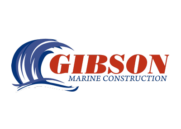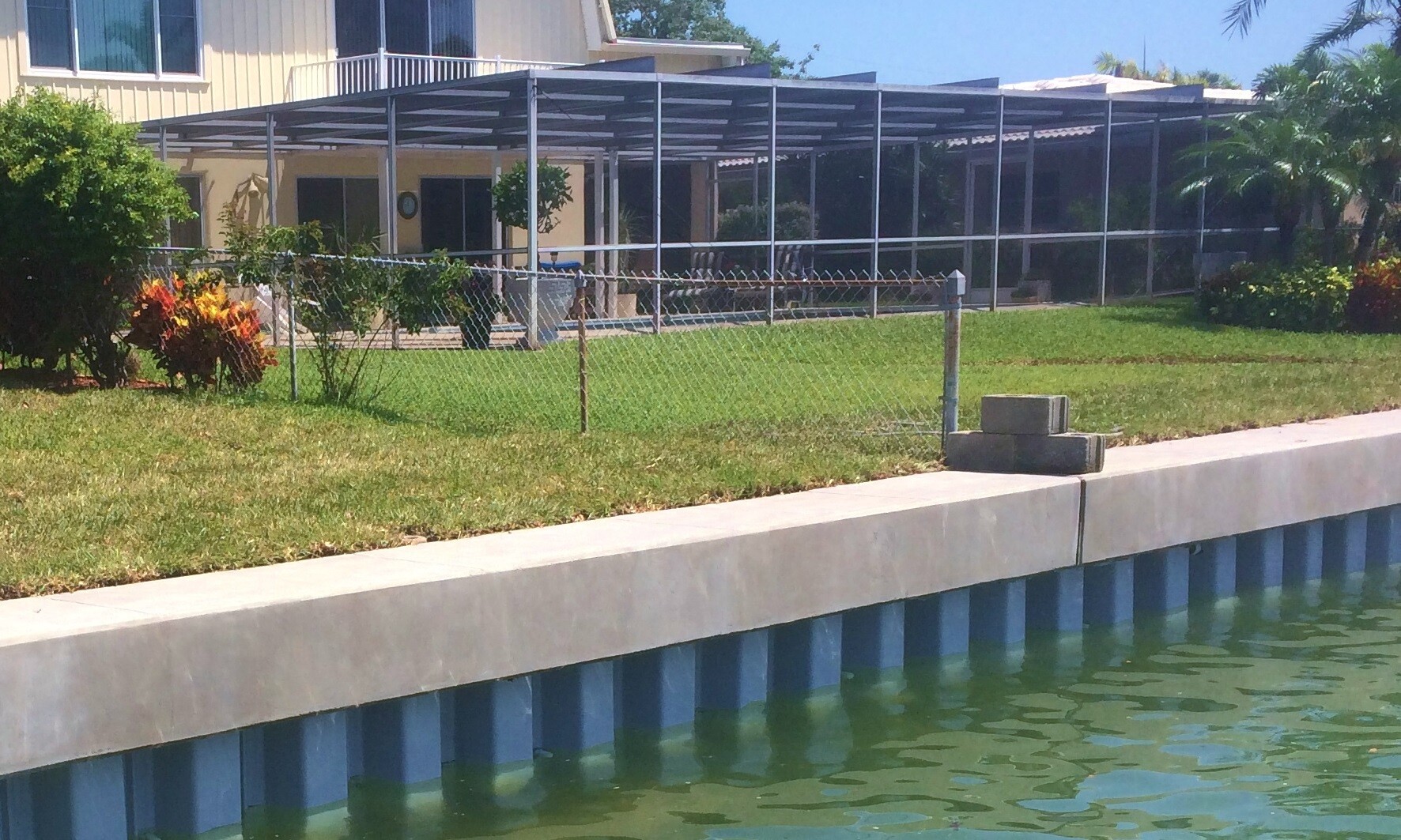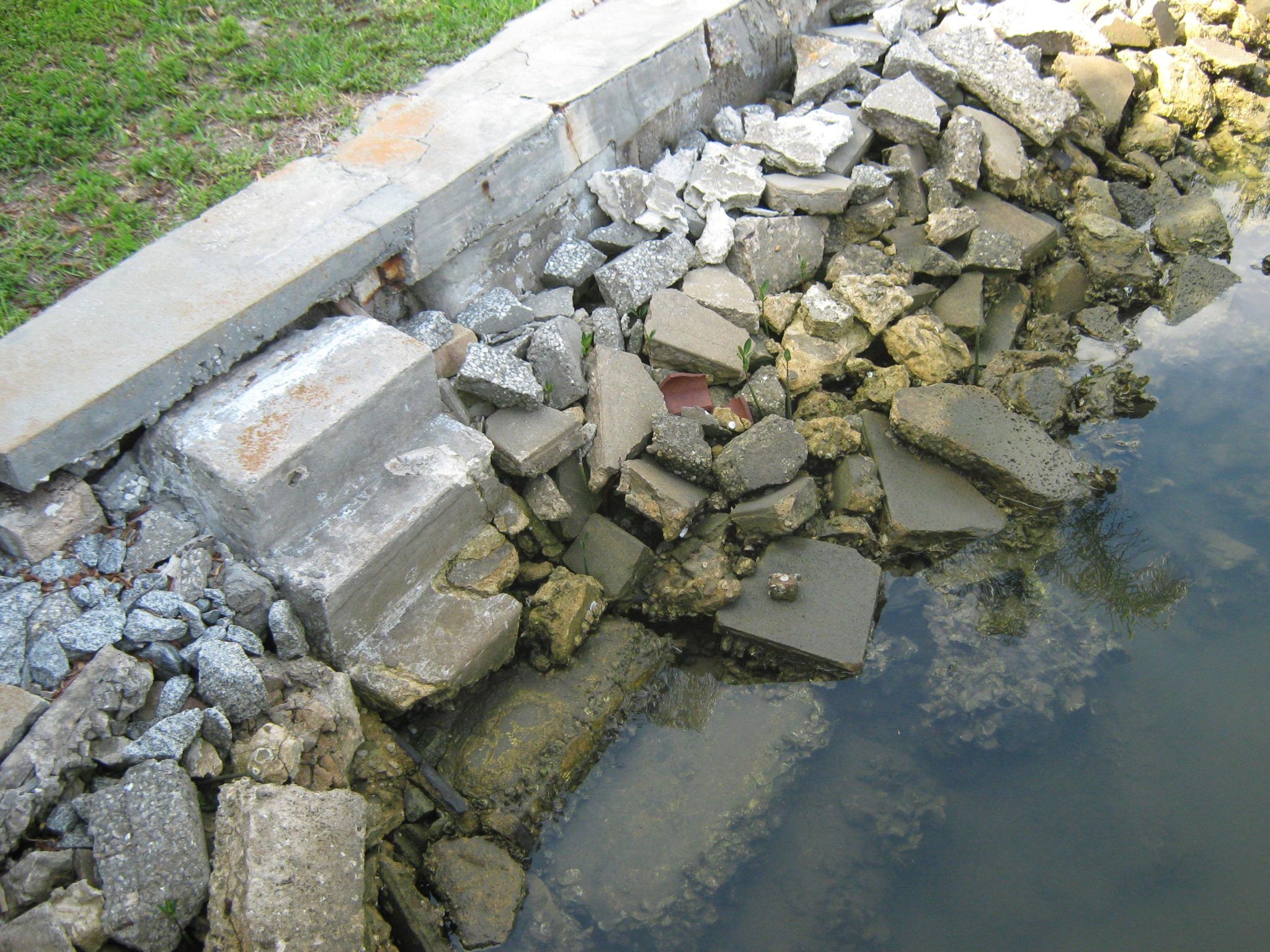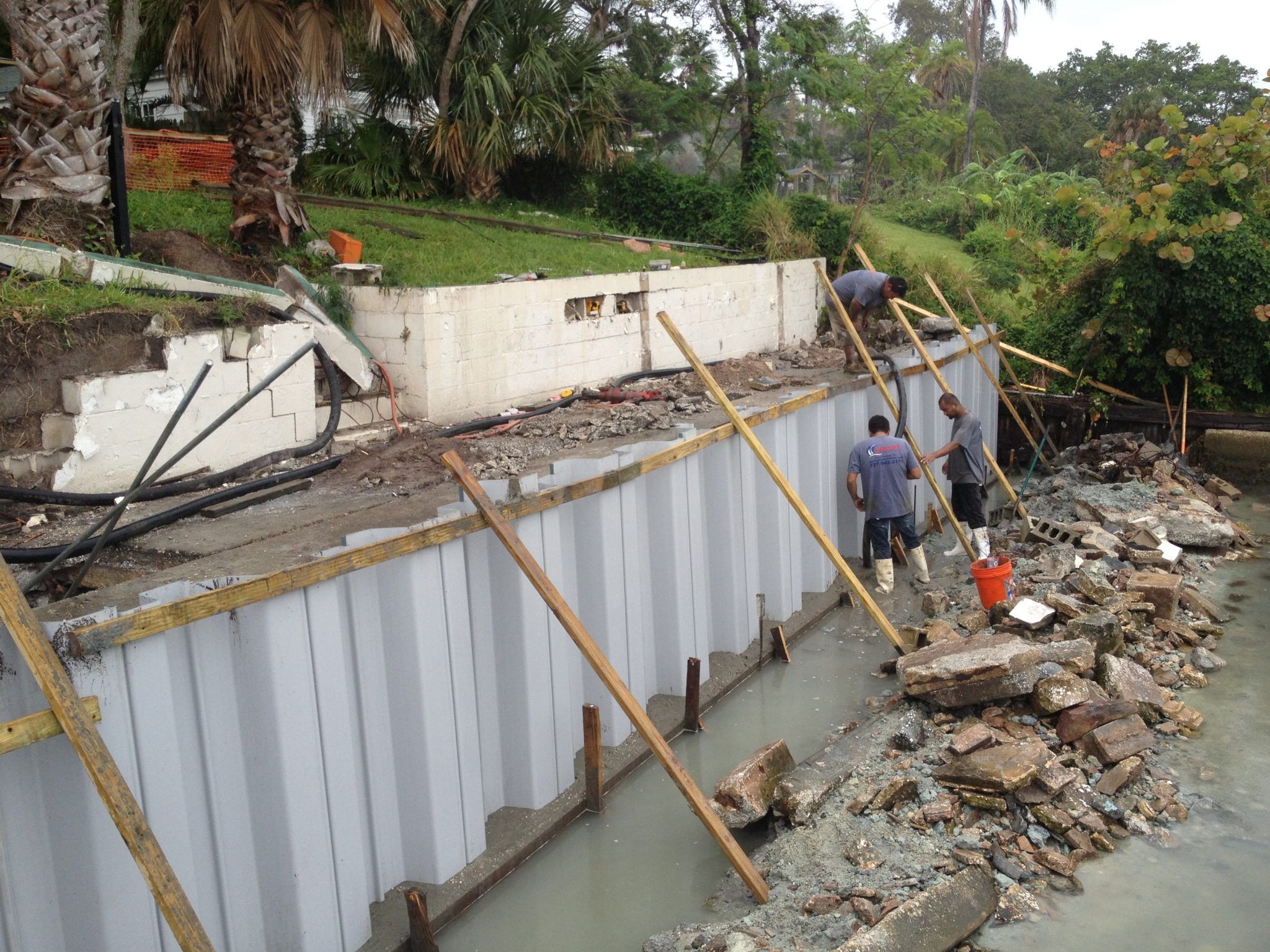Our Blog & News
Welcome to Gibson Marine’s Blog and News page, where we share our passion for our work and provide industry insights. Our team consists of knowledgeable and experienced professionals who work tirelessly to ensure our clients’ complete satisfaction. Through this blog and news page, we aim to educate and inform our readers about the latest trends and developments in our industry, as well as share our experiences and expertise.
Blog
Seawall Failure Series: Part III
A Pressure Imbalance Can Lead to Seawall Failure The third part of our blog series will focus on another common cause of seawall failure, a
December 27, 2017
Blog
Seawall Failure Series: Part II
Naturally Occurring Environmental Conditions Can Cause Seawall Failure Our first post in the series discussing common causes of seawall failure focused on the naturally occurring
October 25, 2017
Blog
Seawall Failure Series: Part I
Why Do Some Seawalls Fail? How Can I Prevent a Seawall Failure? If you live along the Florida coast or waterways, you know a seawall
October 23, 2017




